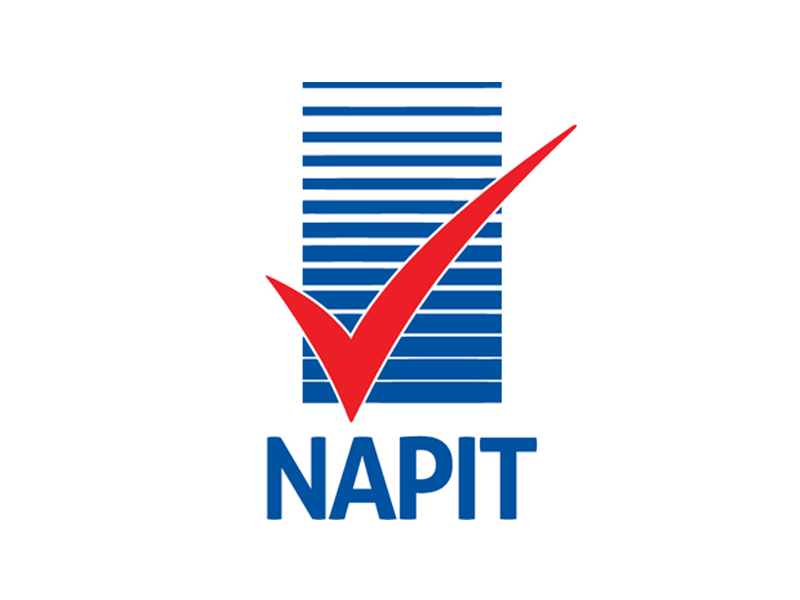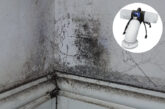
The Grenfell Tragedy in June 2017 resulted in Dame Judith Hackitt’s Independent Review of Building Regulations and Fire Safety which was published in May 2018. This has led to a wholesale review of building safety regulations in the UK and a flurry of initiatives to determine the competency requirements of those working on or in Higher Risk Buildings (HRBs).
The Building Safety Bill, a draft of which has undergone pre-legislative scrutiny by the Housing, Communities and Local Government Select Committee, will be making its way through the parliamentary process to become law during 2021. Within the draft Bill, there are a number of proposals to enhance the accountability of those who own and manage Higher Risk Buildings, and there is an undeniable focus on the competence of those working on or in Higher Risk Buildings.
NAPIT have created an informative infographic which outlines the focus on competence and an overview of the current status of the work on-going within industry to reform building safety. It references a number of industry initiatives currently considering how the competence of those working in Higher Risk Buildings should be defined and sets out 5 Core Principles for identifying and monitoring the competence of those working on or in HRBs:
- The sector specific competence requirements for those working on or in HRBs must be universally agreed and adopted
- The competence of those working alone or un-supervised on or in HRBs must be technically assessed and routinely re-assessed by a UKAS Accredited Certification Body
- Regular Continued Professional Development must be required for certification and be monitored and recorded
- All those working on or in a HRB must have accredited fire safety in buildings training
- A digital register should be created, and independently owned, which lists organisations and individuals who are deemed competent to work on or in HRBs
Commenting on the infographic, Frank Bertie Chairman of The National Association of Professional Inspectors and Testers said: “We have created this infographic to provide a clear and concise overview of the work currently on-going within industry to determine the competence requirements of those working in Higher Risk Buildings. It’s clear that enhanced, clear and monitorable competency requirements are needed to be agreed across the industry to enable a meaningful change in this sector and improve the standard of safety given to those who reside in Higher Risk Buildings. Compliance, competence and safety are at the heart of our Association and we urge industry to come together to provide a solution to determining competence which takes into account our 5 core principles.”
NAPIT are active participants of the Competency Steering Group Working Group 2; Installers, and the Minimum Technical Competency Review being led by MHCLG. To view the infographic in full, please click here.








